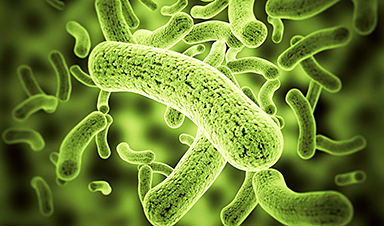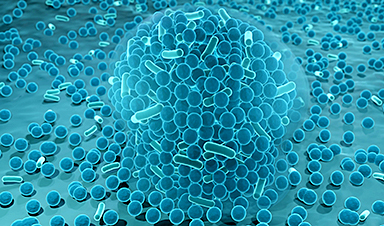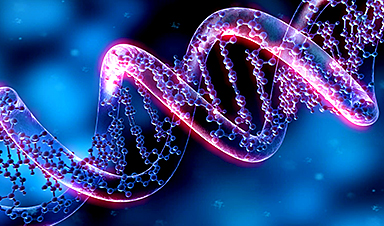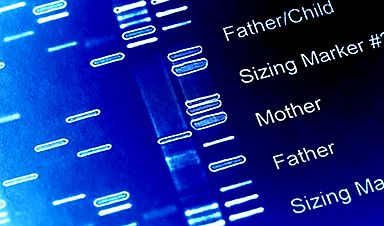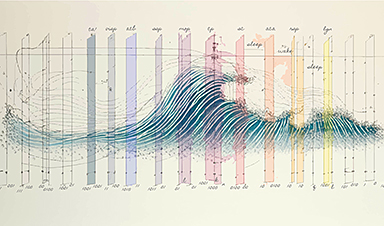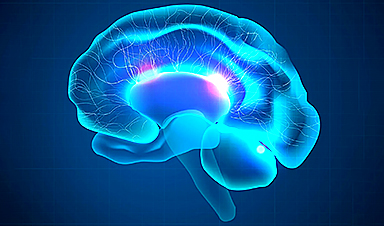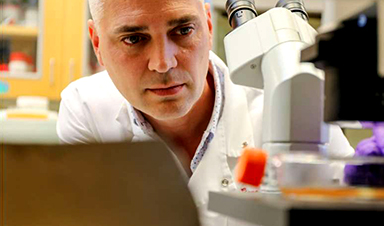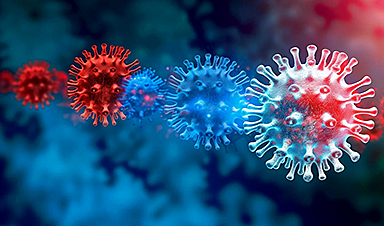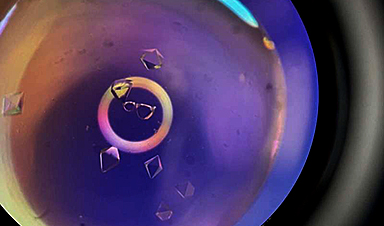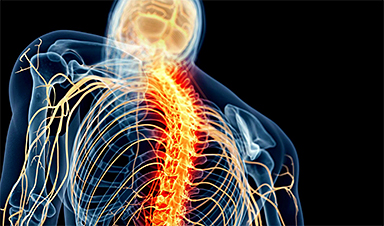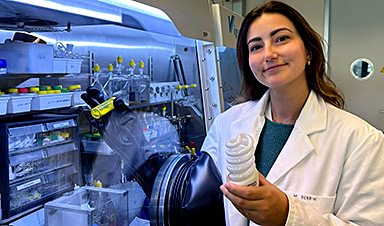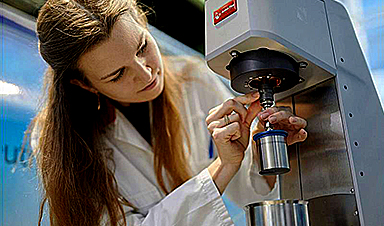The novel strains of cyanobacteria exhibit a fast and efficient “biosorption” of rare earth elements, making recycling possible.
Rare earth elements (REEs) are a set of 17 metallic elements that possess similar chemical properties. They earned their name due to their scarce occurrence in the Earth’s crust, typically present in concentrations ranging from 0.5 to 67 parts per million. These elements play a crucial role in modern technology, including products such as LEDs, smartphones, electric motors, wind turbines, hard drives, cameras, magnets, and energy-efficient light bulbs. As a result, the demand for REEs has seen a steady rise over the past few decades and is projected to continue increasing through 2030.
Due to their scarcity and high demand, REEs can be quite costly. For instance, a kilogram of neodymium oxide currently has a price of around €200 (~$214), while terbium oxide is even more expensive at approximately €3,800 (~$4,073) for the same amount. Currently, China holds a dominant position in the mining of REEs, with near-monopolistic control over the industry. However, a recent discovery of promising new REE deposits, estimated at over one million metric tons, was made in Kiruna, Sweden and made headlines in January 2023.
Circular economy
The advantages of moving from a wasteful ‘linear’ economy to a ‘circular’ economy, where all resources are recycled and reused, are obvious. So could we recycle REEs more efficiently, too?
“Here we optimized the conditions of REE uptake by the cyanobacterial biomass, and characterized the most important chemical mechanisms for binding them. These cyanobacteria could be used in future eco-friendly processes for simultaneous REE recovery and treatment of industrial wastewater,” said Dr. Thomas Brück, a professor at the Technical University of Munich and the study’s last author.
Highly specialist strains of cyanobacteria
Biosorption is a metabolically passive process for the fast, reversible binding of ions from aqueous solutions to biomass. Brück and colleagues measured the potential for biosorption of the REEs lanthanum, cerium, neodymium, and terbium by 12 strains of cyanobacteria in laboratory culture. Most of these strains had never been assessed for their biotechnological potential before. They were sampled from highly specialized habitats such as arid soils in Namibian deserts, the surface of lichens around the world, natron lakes in Chad, crevices in rocks in South Africa, or polluted brooks in Switzerland.
The authors found that an uncharacterized new species of Nostoc had the highest capacity for biosorption of ions of these four REEs from aqueous solutions, with efficiencies between 84.2 and 91.5 mg per g biomass, while Scytonema hyalinum had the lowest efficiency at 15.5 to 21.2 mg per g. Also efficient were Synechococcus elongates, Desmonostoc muscorum, Calothrix brevissima, and an uncharacterized new species of Komarekiella. Biosorption was found to depend strongly on acidity: it was highest at a pH of between five and six, and decreased steadily in more acid solutions. The process was most efficient when there was no ‘competition’ for the biosorption surface on the cyanobacteria biomass from positive ions of other, non-REE metals such as zinc, lead, nickel, or aluminum.
The authors used a technique called infrared spectroscopy to determine which functional chemical groups in the biomass were mostly responsible for the biosorption of REEs.
“We found that biomass derived from cyanobacteria has excellent adsorption characteristics due to their high concentration of negatively charged sugar moieties, which carry carbonyl and carboxyl groups. These negatively charged components attract positively charged metal ions such as REEs, and support their attachment to the biomass,” said first author Michael Paper, a scientist at the Technical University of Munich.
Fast and efficient, with great potential for future applications
The authors conclude that biosorption of REEs by cyanobacteria is possible even at low concentrations of the metals. The process is also fast: for example, most cerium in solution was biosorbed within five minutes of starting the reaction.
“The cyanobacteria described here can adsorb amounts of REEs corresponding to up to 10% of their dry matter. Biosorption thus presents an economically and ecologically optimized process for the circular recovery and reuse of rare earth metals from diluted industrial wastewater from the mining, electronic, and chemical-catalyst-producing sectors,” said Brück.
“This system is expected to become economically feasible in the near future, as the demand and market prices for REEs are likely to rise significantly in the coming years,” he predicted.
News
Breakthrough in Antimicrobial Technology with Cinnamon-Based Nanokiller
The need for innovative antimicrobial agents has become increasingly urgent due to the rise of antibiotic-resistant pathogens and the persistent threat of infections acquired during hospital stays. Traditional antibiotics and antiseptics are often ineffective [...]
The Silent Battle Within: How Your Organs Choose Between Mom and Dad’s Genes
Research reveals that selective expression of maternal or paternal X chromosomes varies by organ, driven by cellular competition. A new study published today (July 26) in Nature Genetics by the Lymphoid Development Group at the MRC [...]
Study identifies genes increasing risk of severe COVID-19
Whether or not a person becomes seriously ill with COVID-19 depends, among other things, on genetic factors. With this in mind, researchers from the University Hospital Bonn (UKB) and the University of Bonn, in [...]
Small regions of the brain can take micro-naps while the rest of the brain is awake and vice versa
Sleep and wake: They're totally distinct states of being that define the boundaries of our daily lives. For years, scientists have measured the difference between these instinctual brain processes by observing brain waves, with [...]
Redefining Consciousness: Small Regions of the Brain Can Take Micro-Naps While the Rest of the Brain Is Awake
The study broadly reveals how fast brain waves, previously overlooked, establish fundamental patterns of sleep and wakefulness. Scientists have developed a new method to analyze sleep and wake states by detecting ultra-fast neuronal activity [...]
AI Reveals Health Secrets Through Facial Temperature Mapping
Researchers have found that different facial temperatures correlate with chronic illnesses like diabetes and high blood pressure, and these can be detected using AI with thermal cameras. They highlight the potential of this technology [...]
Breakthrough in aging research: Blocking IL-11 extends lifespan and improves health in mice
In a recent study published in the journal Nature, a team of researchers used murine models and various pharmacological and genetic approaches to examine whether pro-inflammatory signaling involving interleukin (IL)-11, which activates signaling molecules such [...]
Promise for a universal influenza vaccine: Scientists validate theory using 1918 flu virus
New research led by Oregon Health & Science University reveals a promising approach to developing a universal influenza vaccine—a so-called "one and done" vaccine that confers lifetime immunity against an evolving virus. The study, [...]
New Projects Aim To Pioneer the Future of Neuroscience
One study will investigate the alterations in brain activity at the cellular level caused by psilocybin, the psychoactive substance found in “magic mushrooms.” How do neurons respond to the effects of magic mushrooms? What [...]
Decoding the Decline: Scientific Insights Into Long COVID’s Retreat
Research indicates a significant reduction in long COVID risk, largely due to vaccination and the virus’s evolution. The study analyzes data from over 441,000 veterans, showing lower rates of long COVID among vaccinated individuals compared [...]
Silicon Transformed: A Breakthrough in Laser Nanofabrication
A new method enables precise nanofabrication inside silicon using spatial light modulation and laser pulses, creating advanced nanostructures for potential use in electronics and photonics. Silicon, the cornerstone of modern electronics, photovoltaics, and photonics, [...]
Caught in the actinium: New research could help design better cancer treatments
The element actinium was first discovered at the turn of the 20th century, but even now, nearly 125 years later, researchers still don't have a good grasp on the metal's chemistry. That's because actinium [...]
Innovative Light-Controlled Drugs Could Revolutionize Neuropathic Pain Treatment
A team of researchers from the Institute for Bioengineering of Catalonia (IBEC) has developed light-activated derivatives of the anti-epileptic drug carbamazepine to treat neuropathic pain. Light can be harnessed to target drugs to specific [...]
Green Gold: Turning E-Waste Into a Treasure Trove of Rare Earth Metals
Scientists are developing a process inspired by nature that efficiently recovers europium from old fluorescent lamps. The approach could lead to the long-awaited recycling of rare earth metals. A small molecule that naturally serves [...]
Cambridge Study: AI Chatbots Have an “Empathy Gap,” and It Could Be Dangerous
A new study suggests a framework for “Child Safe AI” in response to recent incidents showing that many children perceive chatbots as quasi-human and reliable. A study has indicated that AI chatbots often exhibit [...]
Nanoparticle-based delivery system could offer treatment for diabetics with rare insulin allergy
Up to 3% of people with diabetes have an allergic reaction to insulin. A team at Forschungszentrum Jülich has now studied a method that could be used to deliver the active substance into the [...]
